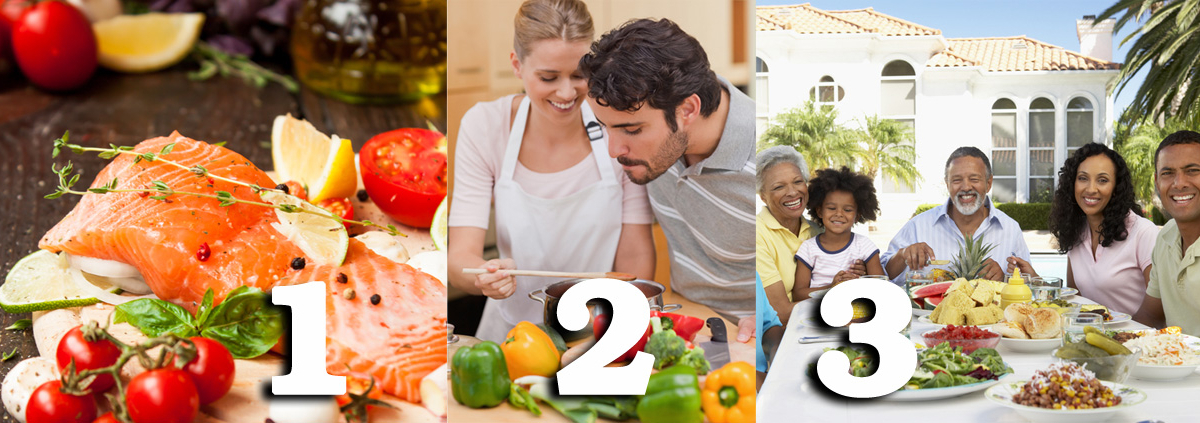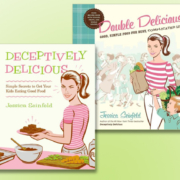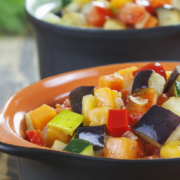Nutrition Education: The Best Solution
The scientific paper about nutrition education programs from South America was an opinion piece derived from a student’s dissertation defense. It addressed nutrition labels in Brazil: the labels were too focused on the caloric content instead of the ingredient information.
The paper gives an example of two foods that have 97 calories but are vastly different in nutritional value. Chewy fruit-flavored candy had 21 grams of carbs, no protein, 1.5 grams of saturated fat, and no fiber; 14 almonds had 3.6 grams of carbohydrate, 3.5 grams of protein, 8.4 grams of healthy fat, and 2.1 grams of fiber. The almonds also had several vitamins and minerals while the chewy fruit candy had none.
The question is whether labels alone can change the nutritional health of a nation. Hard to say. Brazil came up with a simple public health approach using three recommendations:
- Choose whole, minimally processed foods
- Cook those foods yourself
- Eat those foods with other people
I think that’s an excellent approach. It means that people may have to shop a little more often and spend more time preparing food. But when you consider travel to get take-out or fast food, or the expense of food delivery, we can get better and fresher quality foods with fewer preservatives and more nutrition for around the same price.
Eating those foods with other people, at a minimum, means that families eat at least one meal together daily, possibly two if we include breakfast. The other possibility is to invite neighbors, friends, or other family members. We don’t have to fix feasts; just fresh, healthier foods that are simple to cook and share.
The Bottom Line
I think the Brazilian approach could work in the U.S. If we were to use the public health nutrition education program from WWII with an emphasis on the benefits of the foods for our health along with videos people could use to prepare the foods simply, and even scale that down to individual communities where small groups could learn how to shop and cook, we can change the health of the nation.
I also think it begins with parents: they’ll have to lead the way if they expect children to eat better. When we visited Paula’s cousin, who has three children under two (a toddler girl and identical twin baby boys), we remarked at the variety of food their daughter was willing to eat. Her dad said that she may be the only kid in preschool asking, “Excuse me, where is the hummus?” It may mean that parents will have to learn more about healthier foods and how to prepare them. I think it’s a small price to pay to improve their kids’ potential for better health.
What are you prepared to do today?
Dr. Chet
Reference: Adv. Nutr. 2019;10:549–556.









